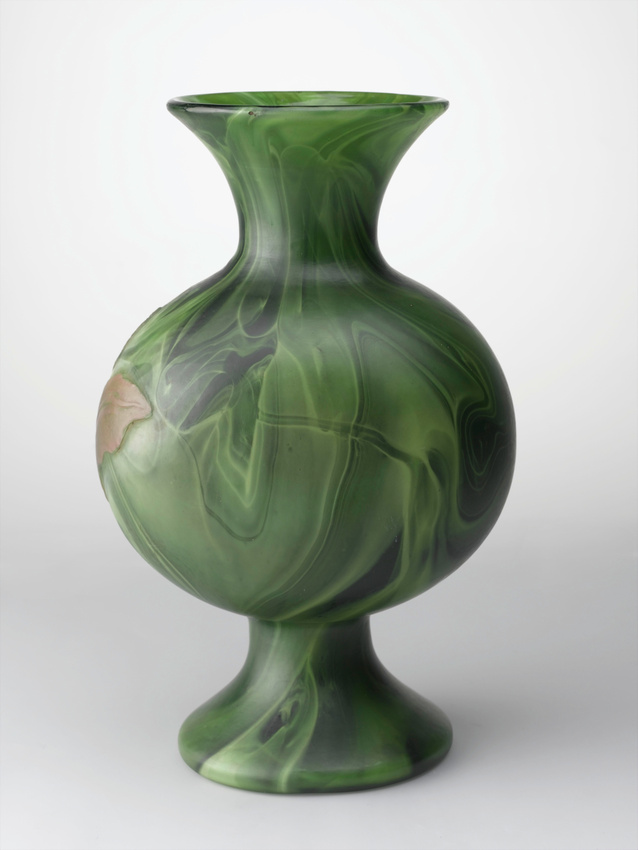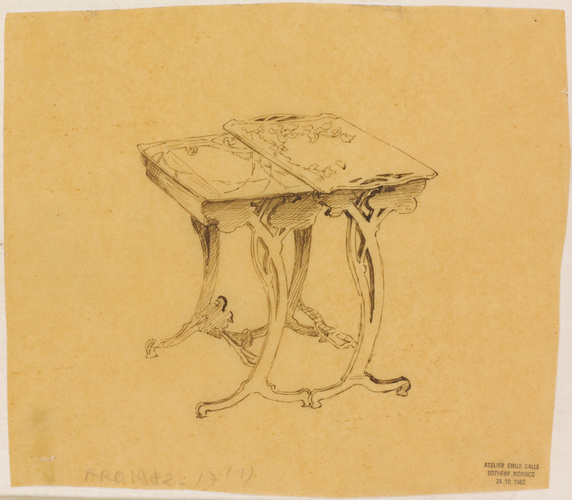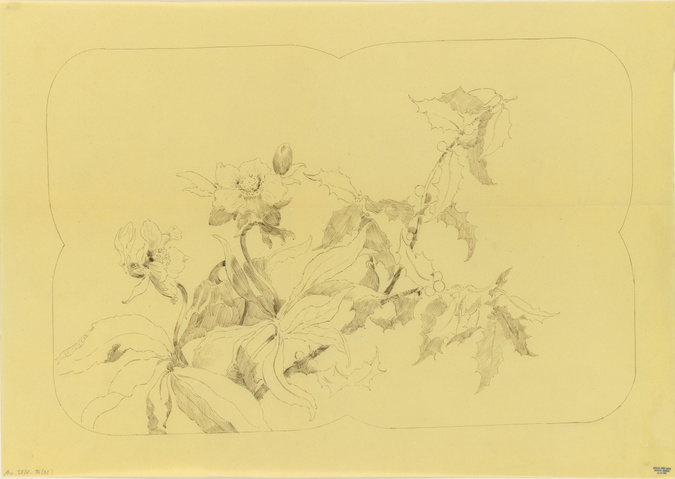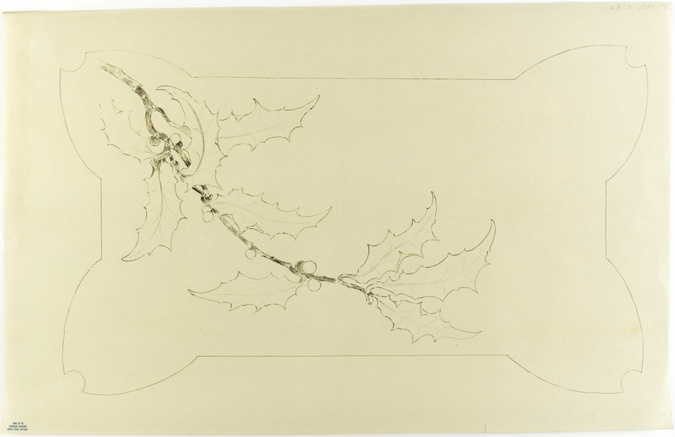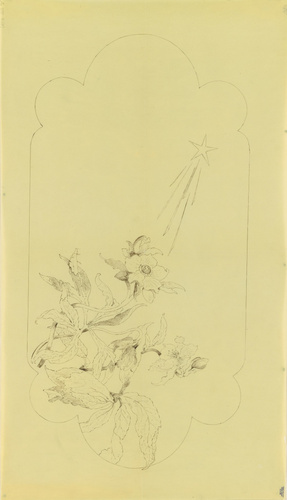Vase à décor de primevères
In the Spring of 1898, Emile Gallé patented the technique of glass marquetry. This process involved the incorporation of glass fragments of various thickness, shapes and colours into the still malleable, glass mass. This, combined with a multi-layering technique, equipped glass artists with an unlimited palette; besides the vast array of colours which could now be introduced into a decorative composition, each colour could also undergo subtle variations depending on where the coloured fragments lay in relation to the surface. Another advantage of the technique was that it facilitated the use of intricate and precise patterns as the coloured glass fragments could be cut to a chosen shape or engraved beforehand, according to the specifications of the master glazier.
Gallé has taken the theme of primroses for this vase. In 1899, Gallé commissioned one of his draughtsmen to make a series of garden primrose studies to be used for both wood and glass marquetry. The suggestion of the flowers' natural environment is achieved solely by colour, a deep, saturated green evoking the water soaked meadows and gardens of early spring.
This vase, donated by Gallé's great- grand- daughter, Mrs Jacqueline Amphoux, is a perfect example of highly accomplished glass marquetry and an excellent demonstration of the possibilities offered by the technique.

